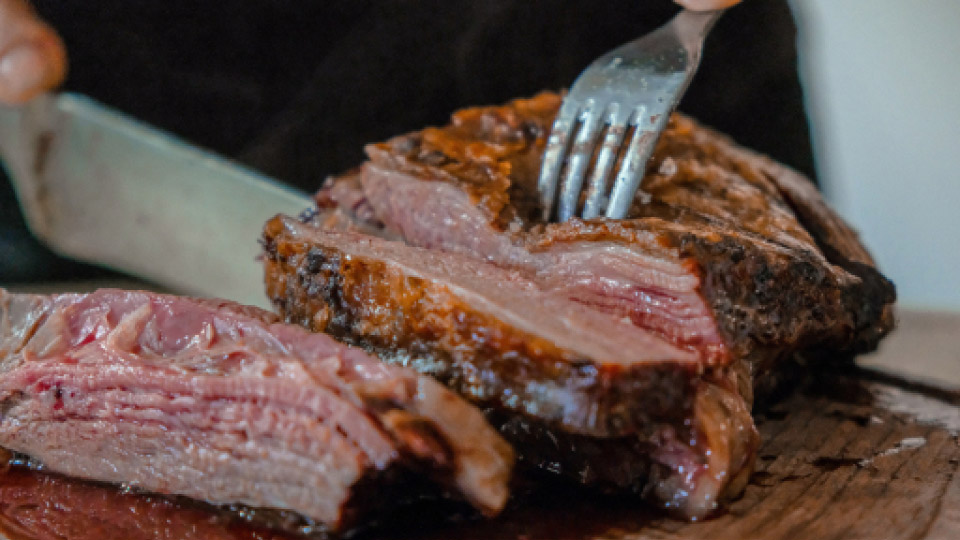Forget feelings of pain
It seems the fitter you are, the higher your pain tolerance. Well, that’s if new findings from a team of Norwegian researchers are anything to go by. The researchers have spent years analyzing data from 10,732 adults who were surveyed about their activity levels and pain tolerance (which was assessed as they submerged their hands in icy water).
Those with the most active lifestyles had the greatest tolerance for pain. And interestingly, when the same participants were surveyed again eight years later, those who had upped their exercise habits had also increased their ability to endure pain.
The study authors say it’s possible that moving more frequently may be an ideal non-pharmacological pathway towards reducing or preventing chronic pain. Which is good news for many.
Right now there are approximately 60 million people suffering chronic pain – that’s one in ten people dealing with a level of discomfort that disrupts and limits their life. In the US, chronic pain has grown to become more widespread than depression or diabetes. Chronic pain is renowned for being hard to treat, but thanks to this new study, the world's many sufferers may now have an easy-to-access remedy – physical activity.
Don’t let your favorite treats keep you up at night

We know that strength training improves your sleep (and yoga can make your nights more restorative) … now new findings suggest that eating junk food can undo the perks of quality slumber.
Swedish scientists have identified how a diet high in fat and sugar can interfere with our brain’s electrical activity – specifically with delta waves, which are the brainwaves that dominate during the deepest, most restorative phases of sleep.
These findings came after 15 men with an average age of 23 spent seven days eating a specific diet. Some ate a Western-style high-fat, high-sugar diet (packed with pizza, sweet cereals and chocolate). The others consumed the same amount of calories but from low-fat, low-sugar foods such as salmon, nuts, grains and vegetables. All men then had the electrical activity of their brains recorded as they slept the night in a lab wearing an electroencephalography (EEG) cap. Several weeks later they switched diets and repeated the sleep study.
While most men felt their sleep quality was the same regardless of their diet, EEG reports linked the high-fat, high-sugar diet with fewer delta waves and an increase in beta waves. As a result, they enjoyed less slow-wave sleep, suggesting their sleep was less restful.
So what does this mean for you? The long-term impact of disrupted slow-wave sleep is unclear. But we do know, that as we age, the amount of restorative slow-wave sleep we get naturally deteriorates – so cutting back on junk food could be a smart way to protect against additional drops in sleep quality.
Reconsider your relationship with red meat

Is it time to drop the beef with red meat? In recent years, red meat has been getting a bad rep, with studies linking it to increased risk of heart disease, cancer and diabetes. Now, a complex and comprehensive study spanning 80 countries has flipped that thinking on its head. The study examined the relationship between diet (which was scored based on healthiness) and degrees of mortality, cardiovascular disease, heart attack, stroke and heart failure. The findings clearly showed that diets emphasizing fruit, vegetables, dairy (mainly whole-fat), nuts, legumes and fish were linked with a lower risk of cardiovascular disease and premature death in all world regions. What was particularly interesting, was that whether individuals ate unprocessed red meat had little impact on the outcomes at all. Learn more about the pros and cons of red meat here.







